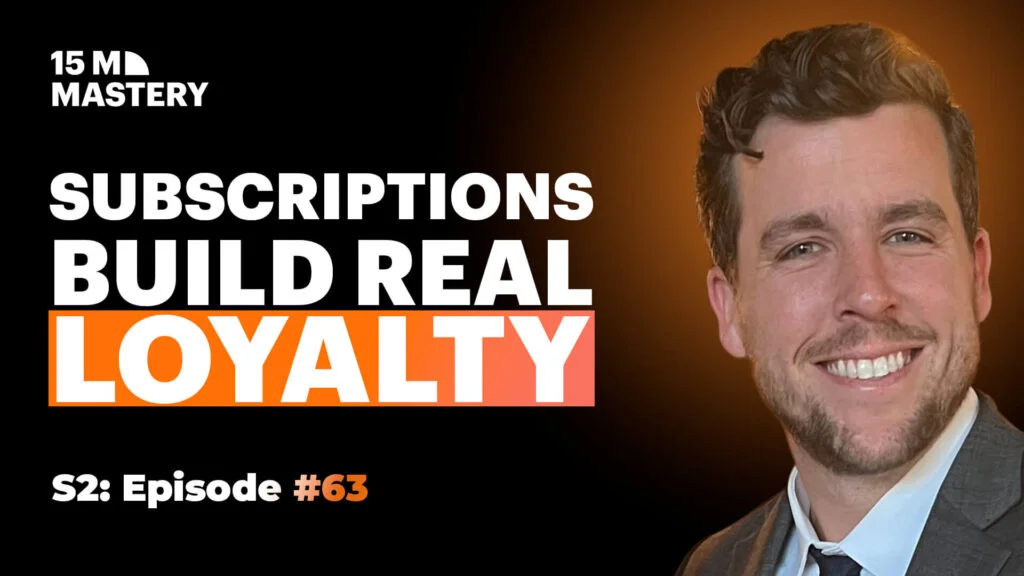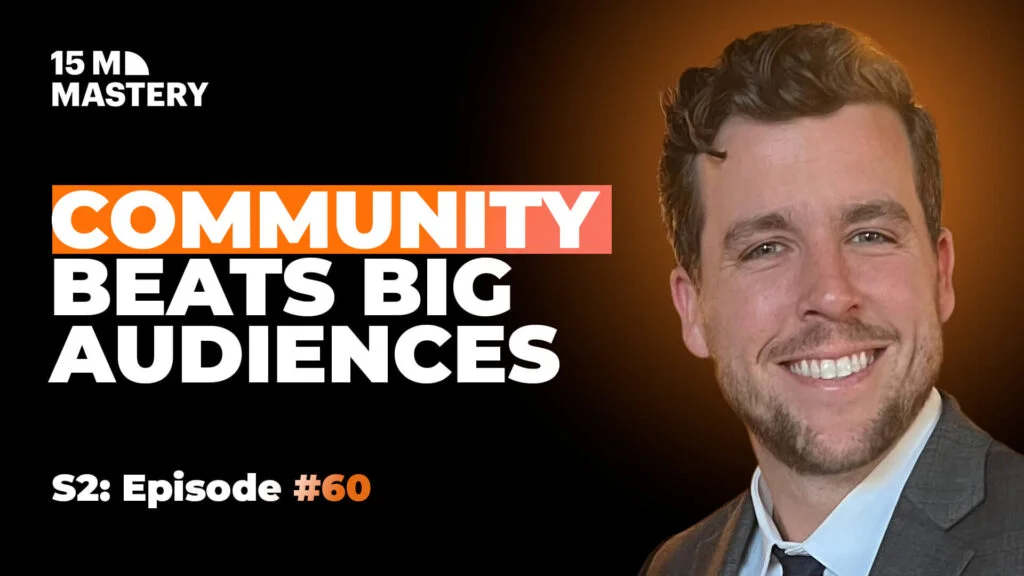Beyond Revenue: The Smart Acquisition Playbook for Digital Sports Brands
What Makes a Brand Worth Acquiring Beyond Revenue Numbers
Revenue tells only part of the story. Rooney emphasises the critical importance of strategic fit and mutual value creation.
“How does the brand fit at your business is something that’s very important,” he explains. “What can you add to that business and that brand?”
The most successful acquisitions create synergy without internal competition. Each brand must complement existing portfolio assets whilst maintaining its unique market position. Furthermore, the acquiring company must genuinely enhance the target brand’s capabilities through cost savings, increased sales, or improved monetisation strategies.
Today’s market prioritises profitability over pure growth. This shift demands more sophisticated evaluation criteria that extend far beyond top-line revenue figures.
Avoiding Cultural Mismatch in Brand Acquisitions
Cultural alignment has become increasingly important as Rooney’s company has grown. Early acquisitions helped define their organisational culture, but established companies now face greater risks from mismatched values.
“We have defined some of our culture and philosophy based on those acquisitions,” Rooney notes. This evolution requires careful balance between respecting existing brand cultures and maintaining strategic coherence.
Many acquired businesses operate as lifestyle companies with deeply embedded values. Successful integration demands understanding these foundations whilst introducing professional growth strategies and venture capital ambitions.
The Most Dangerous Mistake in Acquisition Growth
Poor timing ranks as the most common acquisition pitfall. Companies often force acquisitions to meet arbitrary bonus targets or revenue numbers without considering long-term market sustainability.
“Trying to force feed something that might not fit down the road, but fits right now” creates expensive problems later. Historical examples include media groups attempting to enter operator businesses without accurately projecting market costs and regulatory changes.
Rooney’s team learned this lesson through early overconfidence. “The common mistake that I think that we made early on was belief of ability to scale at a huge level right away.” Successful scaling requires patience, learning, and gradual implementation of growth strategies.
Maintaining Momentum During Post-Acquisition Integration
The post-acquisition period demands careful balance between change and continuity. Rooney’s approach focuses on immediate customer benefits rather than operational overhauls.
“We want to make sure that they are on the parent company’s support side as well, not just the brand that they’ve been supporting,” he explains. This strategy involves providing existing subscribers with additional value through cross-brand access and enhanced services.
Cost optimisation happens simultaneously but remains secondary to customer retention. The goal is demonstrating acquisition benefits to existing users whilst identifying operational redundancies.
Growing Acquired Brands Without Losing Original Communities
Original community members often feel ownership of lifestyle brands through their long-term engagement and loyalty. These “OGs” require special attention during transition periods.
“The OGs are the loudest voices and the most comfortable and people tend to follow that kind of support,” Rooney observes. Successful integration involves direct communication with power users, grandfathering existing pricing, and transparent explanation of changes.
Community retention forms the nucleus of sustainable growth. Search algorithms and AI tools make organic discovery increasingly difficult, making loyal communities more valuable than ever.
Why Media Rollups Often Fail Long-Term
Many media rollups struggle due to controllable and uncontrollable factors. Regulatory changes and market conditions create external pressures, but internal mistakes prove more damaging.
“Misunderstanding the brand that you own or the brand that you have and how consumers see those brands” leads to strategic errors. Companies often overestimate their brand’s transformative power whilst underestimating existing customer relationships.
Additionally, acquiring too many similar companies creates dangerous concentration risk. Diversification across traffic sources, seasonal patterns, and revenue streams provides better stability than portfolio depth in single verticals.
Key Takeaways for Acquisition Success
Smart acquirers evaluate strategic fit alongside financial metrics, understanding that cultural alignment becomes critical as portfolios grow. They avoid forcing timeline pressures and instead focus on sustainable long-term integration.
Post-acquisition success demands immediate customer value creation whilst respecting existing community structures. Original supporters need direct communication and transparent change explanations to maintain loyalty.
Finally, diversification trumps concentration in building resilient brand portfolios. The most successful strategies spread risk across different traffic sources, seasonal patterns, and customer segments.



